In our age of streaming and online gaming, internet speeds make a difference in our everyday entertainment, and influences our enjoyment of tasks like messaging, email, file sharing, and much more. So how do you get faster internet? There are numerous methods to try, but one major factor is simply where you live.
10 countries (or regions) with the fastest internet speed
In 2021, researchers in Japan set a record of achieving internet speed of 319 terabits per second. That’s incredibly fast, but it’s not a connection we can expect to use anytime soon; the demonstration was just that, using experimental fiber optic cable and a laser system. But the technology is said to be compatible with existing infrastructure, so implementation someday is not out of the question.
Back in the real world, the internet has over 5.16 billion users worldwide who enjoy varying internet speeds based on location. ExpressVPN delved into the fastest and slowest internet connections around the world. And no, Japan doesn’t take the crown…
Affluent regions have the fastest internet speeds
Unsurprisingly, places with stronger economies and more developed infrastructure generally have faster internet speeds. For example, Monaco tops the list with the highest average download speed and GDP per capita. In 2022, the city-state was estimated to be worth a staggering 204,190 USD per capita by the International Monetary Fund (IMF).
| Ranking | Place | Speed (Mbps) |
| Monaco | 319.59 | |
| 2. | Singapore | 300.83 |
| 3. | Chile | 298.5 |
| 4. | Hong Kong | 292.21 |
| 5. | Mainland China | 280.01 |
| 6. | Switzerland | 279.8 |
| 7. | France | 271.33 |
| 8. | Denmark | 270.27 |
| 9. | Romania | 260.97 |
| 10. | Thailand | 260.54 |
Singapore, Switzerland, and Denmark are among the nations that made our list of regions with the fastest internet speeds. As expected, they were also among the top 10 destinations with the highest GDP per capita in 2022.
However, while GDP is undoubtedly crucial in improving a country’s infrastructure and internet speeds, it’s not the only factor. Chile, for example, ranks third on our list of countries with the fastest internet speeds despite having a GDP per capita of 15,158 USD. The Chilean government has taken several initiatives to promote internet access and increase connectivity with fiber optic cables, consistently leading to high internet speeds throughout the country.
Which countries have the slowest internet connections?
As we explore the fastest and slowest internet speeds in the world, we’re reminded that access to reliable internet is still a luxury for many. While the fastest countries tend to be those with thriving economies and infrastructure, poorer nations—and those embroiled in conflict—often face challenges when investing in the latest technologies.
| Ranking | Place | Speed (Mbps) |
| 1. | Cuba | 7.21 |
| 2 | Turkmenistan | 8.84 |
| 3. | Afghanistan | 9.28 |
| 4. | Burundi | 9.62 |
| 5. | The Gambia | 10.63 |
| 6. | Syria | 11.06 |
| 7. | Sudan | 11.34 |
| 8. | Yemen | 11.44 |
| 9. | Mozambique | 11.51 |
| 10. | Tunisia | 11.88 |
Looking toward the future, there is hope for even the slowest countries on our list, such as Cuba. Progress is being made as Google recently collaborated with the Cuban government to improve connectivity with fiber optic cables. As a result, Cuba now has a 71.1% internet penetration rate, signaling significant improvement.
Encouragingly, there are also signs of progress in many African nations regarding internet speeds. Countries like Mozambique have seen significant improvements in recent years thanks to various initiatives to improve connectivity—like Elon Musk’s Starlink satellite. As access to high-speed internet becomes more widespread, the potential for innovation and growth in these regions is truly promising.
What is the fastest type of internet connection?
The fastest type of internet connection at the moment is fiber optic. Fiber optic internet connections rely on thin strands of optically pure glass or plastic fibers to transmit data as pulses of light. Information is converted into a digital format consisting of binary code (0s and 1s) that represents the data, and the digital data is sent as pulses of light through the fiber optic cable. By varying the intensity or frequency of the light, different data patterns can be transmitted. These light signals travel at incredibly high speeds, allowing for fast data transmission.
At the receiving end of the fiber optic connection, the light pulses are detected by a light-sensitive receiver. The receiver converts the light signals back into electrical signals, which are then decoded to retrieve the original data.
The future of internet speeds: Wi-Fi 7
With the latest generation of Wi-Fi technology, Wi-Fi 7, we’re looking at speeds up to four times faster than Wi-Fi 6E (the name for devices that operate in the 6GHz band). This will allow people with access to Wi-Fi 7 to easily download and upload large files, stream high-quality videos without buffering, and connect multiple devices simultaneously.
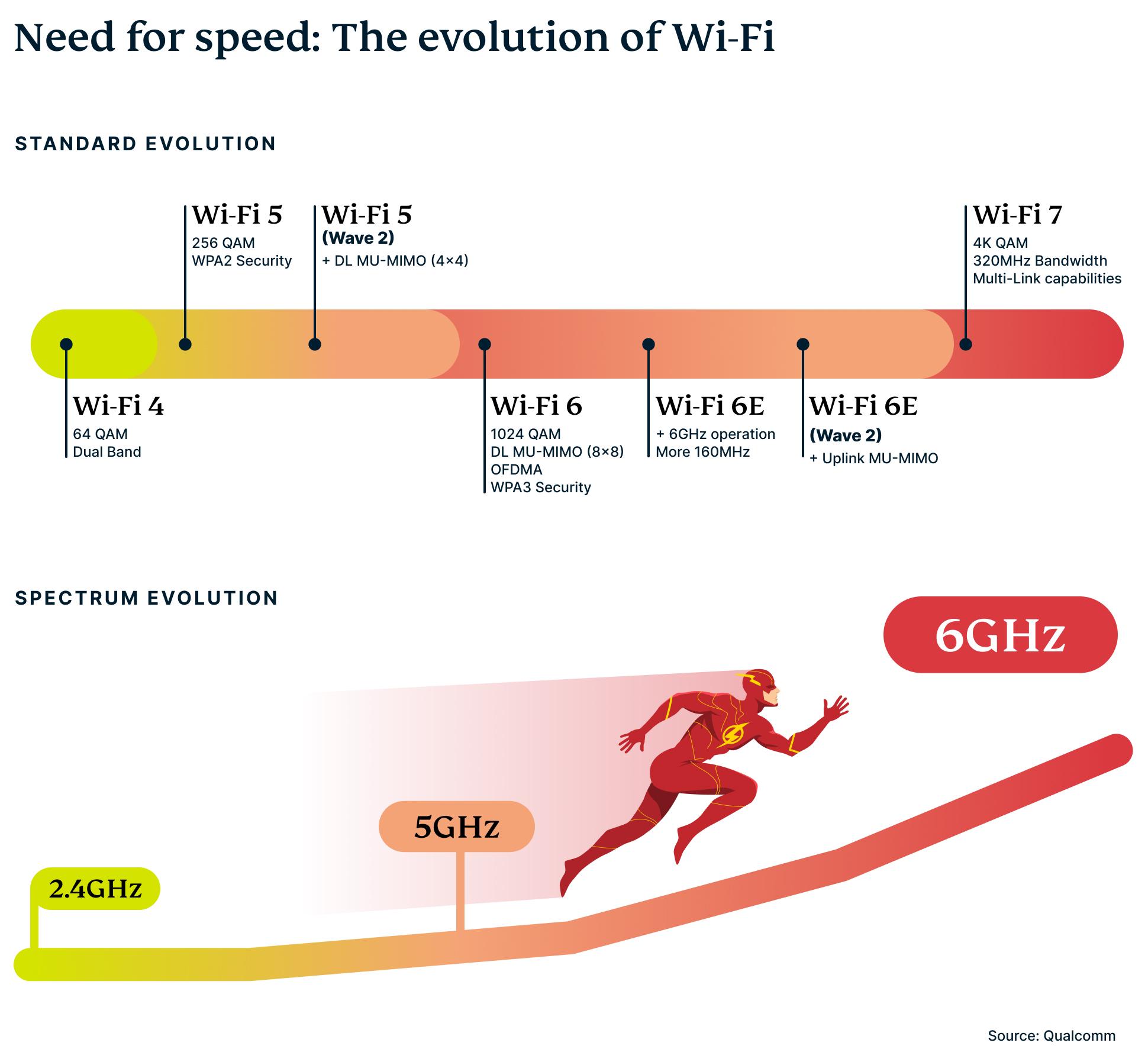
However, it’s important to remember that these advancements could inadvertently widen the digital divide between different demographics and regions. While some parts of the world are equipped to handle these changes, others may struggle due to a lack of resources and infrastructure.
That said, international partnerships can help bridge this gap—as we’ve seen with Starlink in Africa and Google’s collaboration with the Cuban government—to improve internet connectivity.
Slow internet speeds? Try these 8 tips
Whether you’re in a region with blazing-fast internet or one of the slowest, there are always ways to optimize your online experience. For those of us who don’t have superpowers, here are some practical tips to help you optimize your internet connection, no matter where you are in the world:
1. Reboot your router
Rebooting your router can resolve temporary issues affecting your internet connection and speed. To do this safely, turn off your router, unplug it from its power source, wait at least 30 seconds, then plug it back in and turn it back on.
2. Change the position of your router
Placing your router in a central location and away from walls and obstructions can improve your Wi-Fi coverage. Also, consider using a Wi-Fi extender or mesh system to extend your coverage.
3. Upgrade your router
Upgrading to a more powerful router can improve your signal and save you the hassle of staying near your router for a good connection.
4. Limit the number of connected devices
Too many connected devices, streaming, gaming, and video calls can slow down the internet speed. Disconnect resource-heavy programs like software updaters, webcams, or smart speakers playing music to improve speed.
5. Use an Ethernet cable
Connecting your device with an Ethernet cable rather than Wi-Fi will likely provide a faster, more stable connection.
6. Check for throttling
Using a VPN can mask your online activities, making it harder for your ISP to identify and throttle specific types of traffic—especially streaming and media downloads. No throttling means faster speeds.
7. Upgrade your plan
Check your ISP’s website for the exact bandwidth and speed inclusions on your monthly plan. Consider upgrading to a higher-speed plan if your results are still too slow.
8. Run antivirus scans
Regular antivirus scans can help detect and remove malware or nuisance are that could consume your bandwidth. Consider a factory reset for devices that behave strangely and can’t seem fixed.


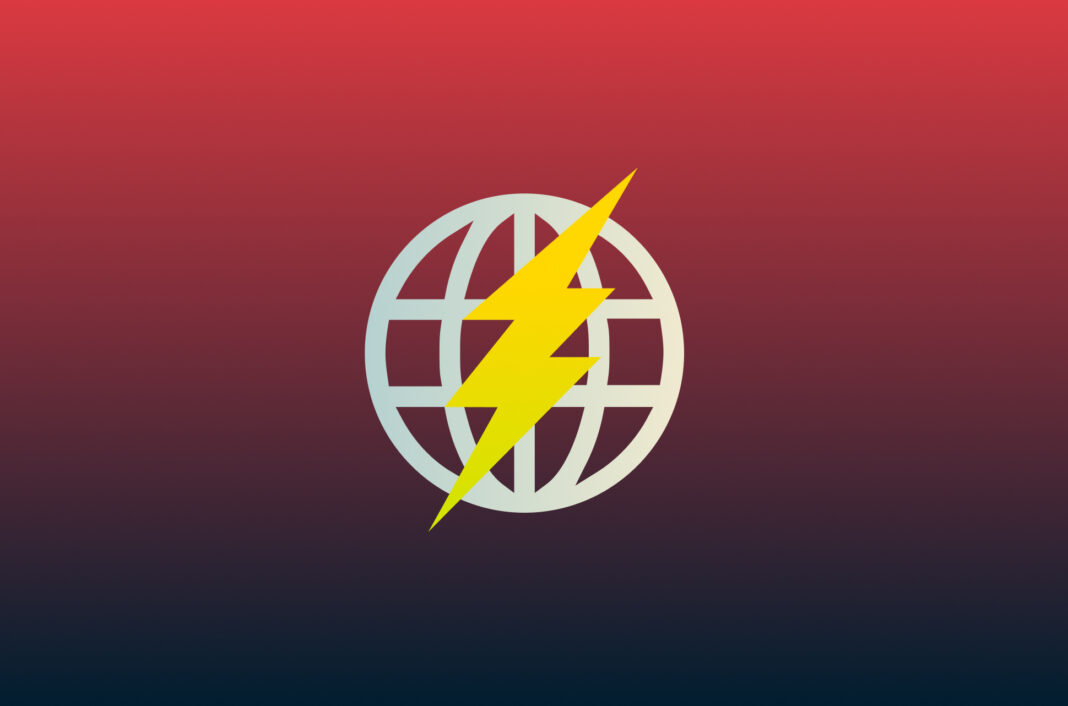
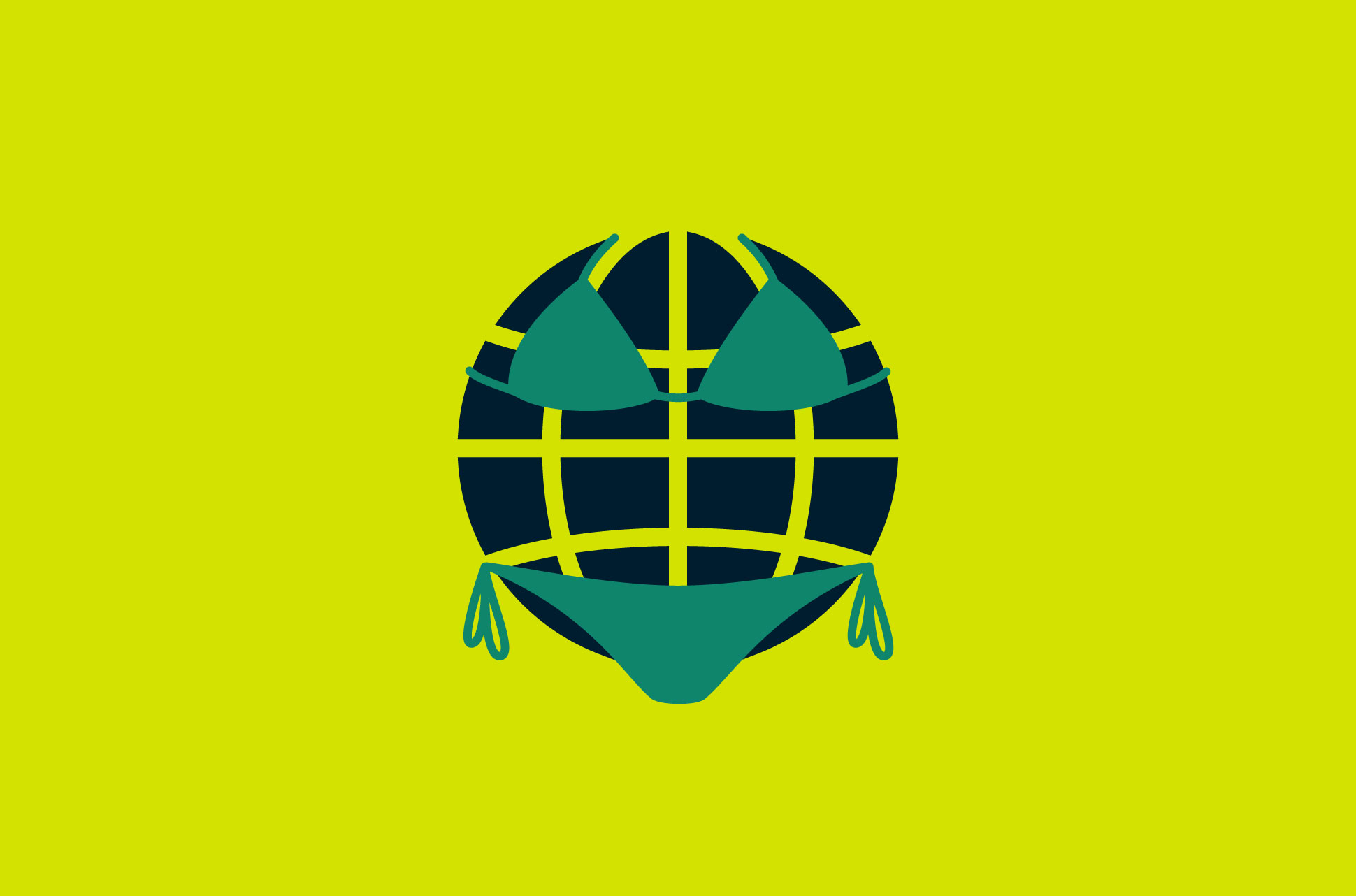

















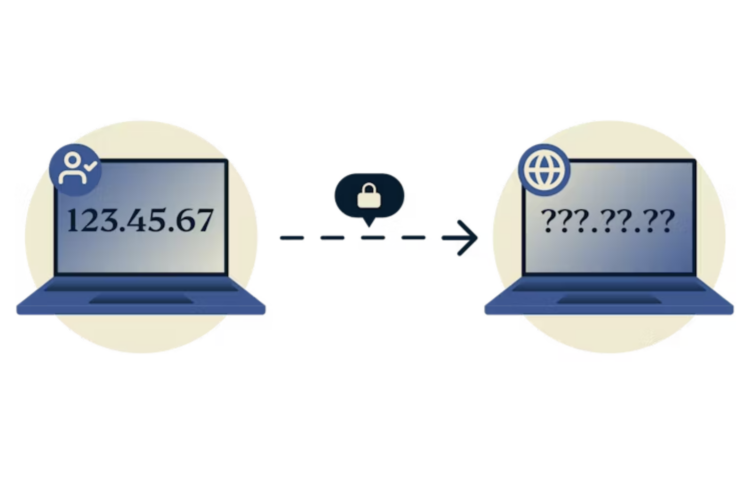
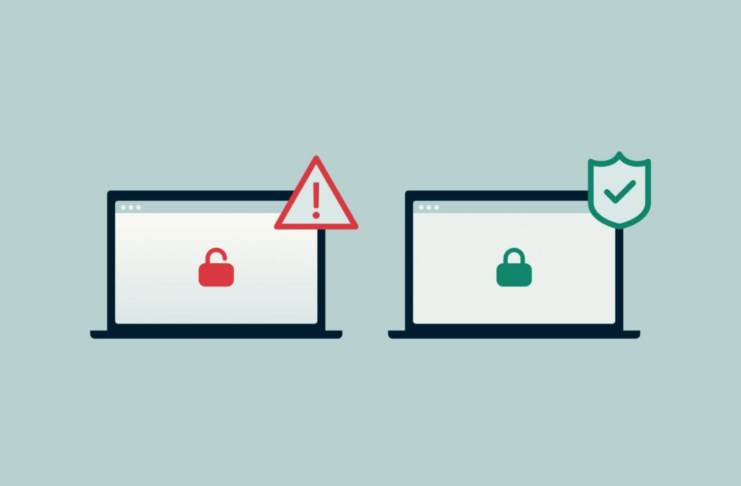
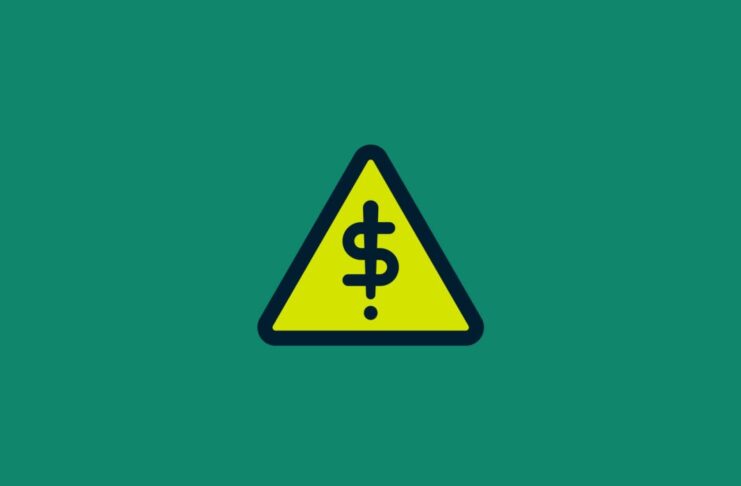




It seems you are more concerned about promoting a movie than being focused on internet security.
Thanks for your excellent report. I live in Tahiti (French Polynesia’s Island) and I am pretty satisfied with the Internet Speed provided by the Country’s leading company “Vini” that is always stable at around 100Mbps.